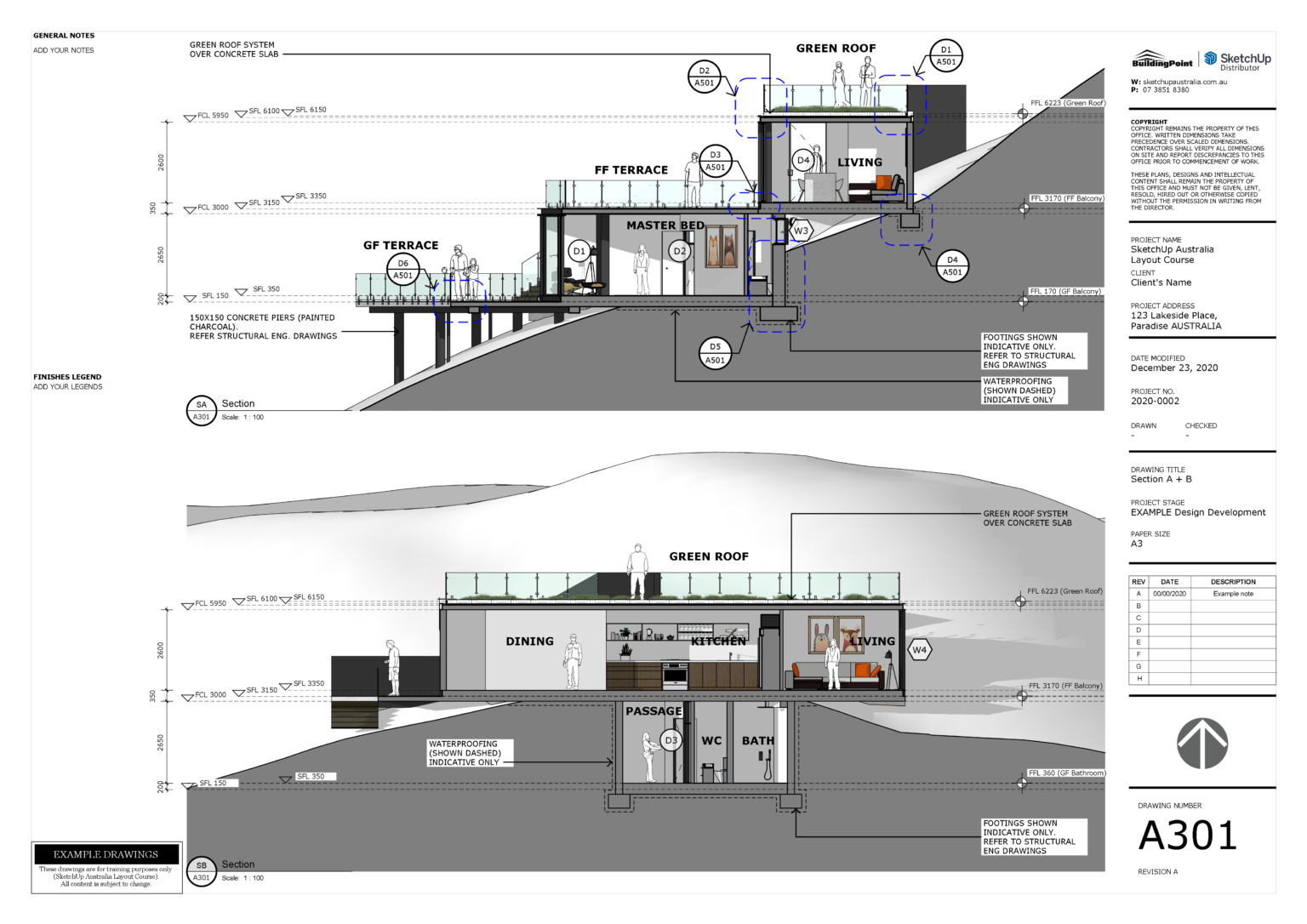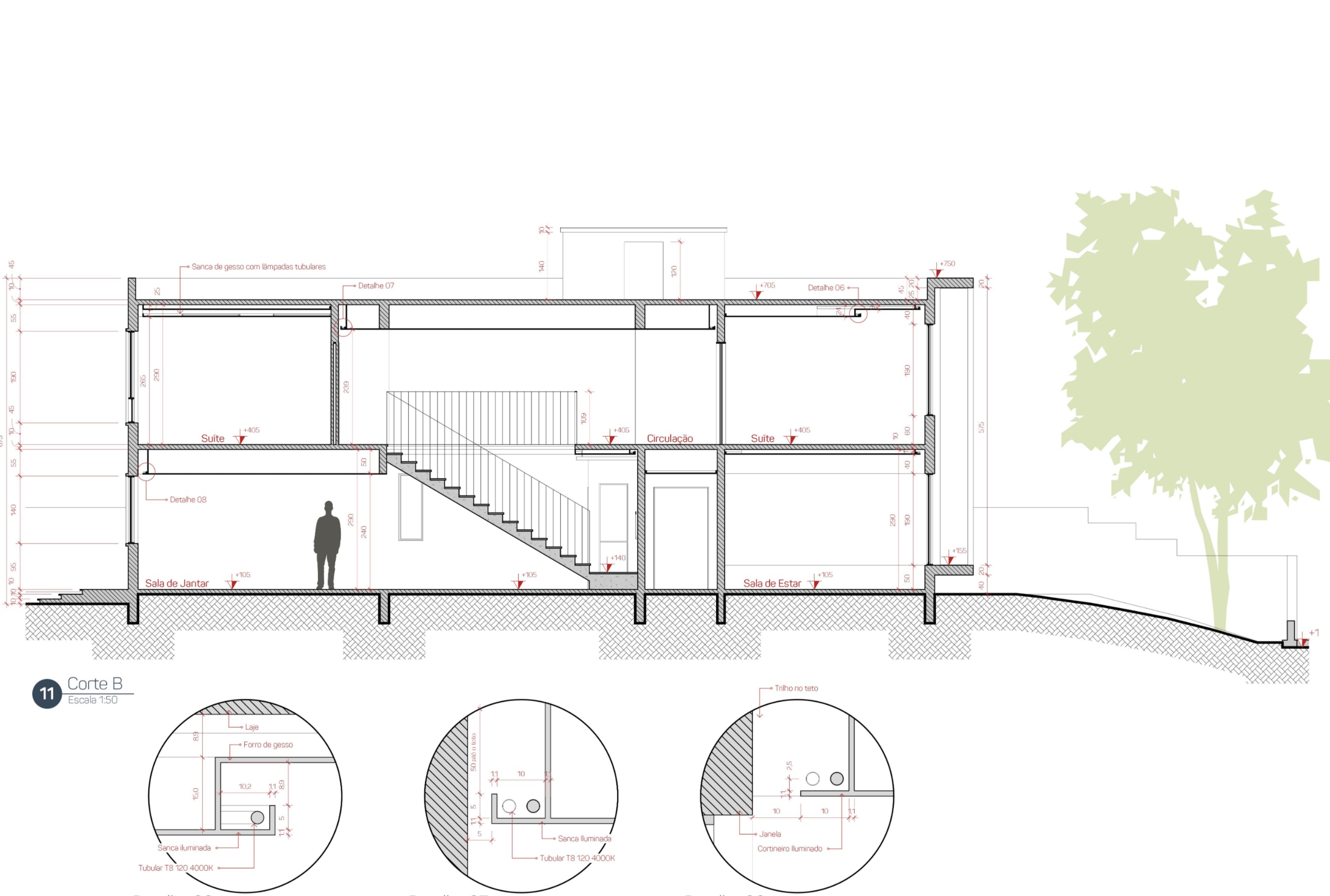

- SKETCHUP LAYOUT HOW TO
- SKETCHUP LAYOUT PRO
- SKETCHUP LAYOUT PROFESSIONAL
- SKETCHUP LAYOUT SERIES
- SKETCHUP LAYOUT DOWNLOAD

After that, anytime you create a new file within LayOut, you’ll get the opportunity to choose your template to use as a starting point.īelow are the links to the four parts of the video tutorial series.
SKETCHUP LAYOUT DOWNLOAD
Simply download the file, open it using the LayOut application, customize it, then from the File menu, choose “File->Save As Template”. This is the template I’ve developed for my own business which can be customized to fit your needs. LayOut comes with a very bare bones default template that you can start with, but you can also download my template to use as a starting point if you wish.
SKETCHUP LAYOUT HOW TO
One of the advantages of LayOut is that you can create a template with your own personalized title block and program settings, which we show you how to do in Part 3 of the tutorial series. After creating a page with a scene, you proceed to add what you need in terms of dimensions, hatching, symbols, etc. After you link the SketchUp file containing your CabWriter drawing to a new LayOut file, you can choose which scene to place on which page, or place multiple scenes on one page of your shop drawing. For example, you can create scenes that show sections, elevations, or 3D perspectives of your design. A scene is nothing more than a saved view of your drawing which preserves such things as the camera location (which angle you’re viewing from), hidden geometry, active layers, active section planes, etc. You start by creating scenes of your CabWriter design within the SketchUp environment, which we show you how to do in Part 2 of the tutorial series. As a bonus, you can mix both 2D and 3D views of your project on any page of your drawings, allowing you to communicate your design with the utmost flexibility and clarity. This includes custom title blocks, drawing symbols, dimensioning, hatching, call outs, printing to scale, section details, and much more.
SKETCHUP LAYOUT PROFESSIONAL
LayOut allows you to link to a SketchUp file, in this case a CabWriter design, and provides the capability to create shop drawings with all of the capability we would expect as professional cabinetmakers.
SKETCHUP LAYOUT PRO
All they offer is very limited dimensioning and printing capability the latter being very finicky to use and without the ability to use a title block.įortunately, SketchUp provides a companion application called LayOut that comes with the Pro version and is not available with SketchUp Make. Unfortunately, neither SketchUp Make, the free version, nor the Pro version of SketchUp offer native tools to create sophisticated shop drawings.
SKETCHUP LAYOUT SERIES
So, we’ve created a four part video tutorial series to teach you how to do just that, which you can link to at the bottom of this article.

Try our ROI calculator to estimate how much you, like John, can save on your project.One of the most common question’s we’re asked by professionals is how to create professional quality shop drawings from your CabWriter model. Projects now go a lot smoother because we have more data than ever, which we can gather ourselves and at, anytime we want. When we did the math, it turned out the Rapid Positioning System would pay for itself within the first two years. Not only did it cost thousands of dollars and huge delays, but the “nice-to-haves” such as documenting utility lines would cost even more. We got really tired of having to schedule a few weeks out every time we needed as-built points collected on-site, or layout points added in the field. This process would require some back and forth over several weeks to complete all of the necessary tasks: collecting points, staking the house corners, and pinning the footings. Typically, I would hire a surveyor to come out to a job site and do a topographic study and stake the house corners. The RPT is a Layout Station (a construction layout hardware for accurately measuring positions and distances) that allows me to generate my own site models. For this residential build, I’ve completely changed my workflow to incorporate new technology - Trimble’s RPT600 with FieldLink - with SketchUp. The actual project is similar to other projects I’ve done in the past, but it’s how I am doing it that is unique. Tell us about your latest project and how it’s different from the rest. Taking it to the next level, John discusses his latest piece of technology and how it helps him increase efficiency. From developing SketchUp Extensions to speed up construction workflows to incorporating 3D modeling, his clients know they can trust him with their residential construction projects. Custom home builder and designer, John Brock, has been on the cutting edge of technology throughout his entire career.


 0 kommentar(er)
0 kommentar(er)
